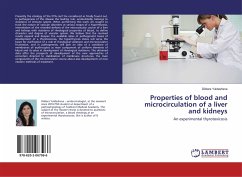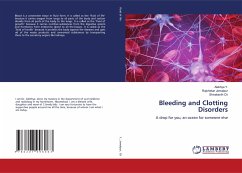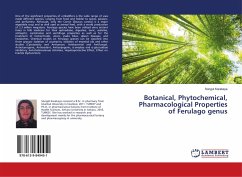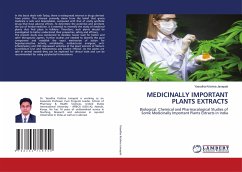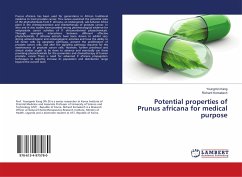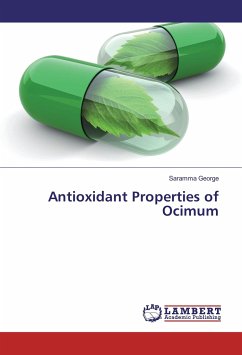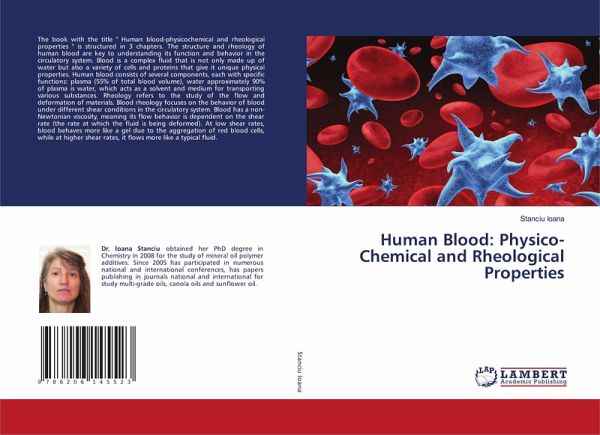
Human Blood: Physico-Chemical and Rheological Properties
Versandkostenfrei!
Versandfertig in 6-10 Tagen
40,99 €
inkl. MwSt.

PAYBACK Punkte
20 °P sammeln!
The book with the title " Human blood-physicochemical and rheological properties " is structured in 3 chapters. The structure and rheology of human blood are key to understanding its function and behavior in the circulatory system. Blood is a complex fluid that is not only made up of water but also a variety of cells and proteins that give it unique physical properties. Human blood consists of several components, each with specific functions: plasma (55% of total blood volume), water approximately 90% of plasma is water, which acts as a solvent and medium for transporting various substances. R...
The book with the title " Human blood-physicochemical and rheological properties " is structured in 3 chapters. The structure and rheology of human blood are key to understanding its function and behavior in the circulatory system. Blood is a complex fluid that is not only made up of water but also a variety of cells and proteins that give it unique physical properties. Human blood consists of several components, each with specific functions: plasma (55% of total blood volume), water approximately 90% of plasma is water, which acts as a solvent and medium for transporting various substances. Rheology refers to the study of the flow and deformation of materials. Blood rheology focuses on the behavior of blood under different shear conditions in the circulatory system. Blood has a non-Newtonian viscosity, meaning its flow behavior is dependent on the shear rate (the rate at which the fluid is being deformed). At low shear rates, blood behaves more like a gel due to the aggregation of red blood cells, while at higher shear rates, it flows more like a typical fluid.





